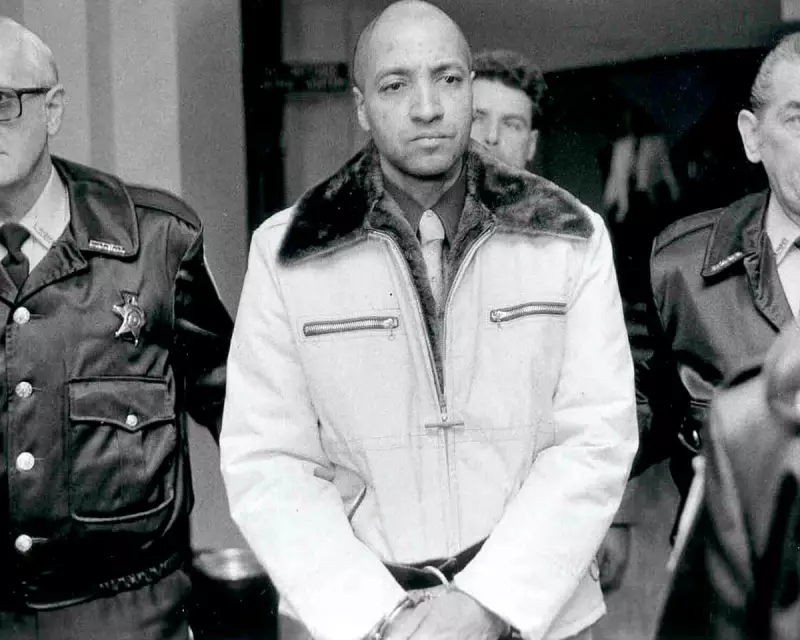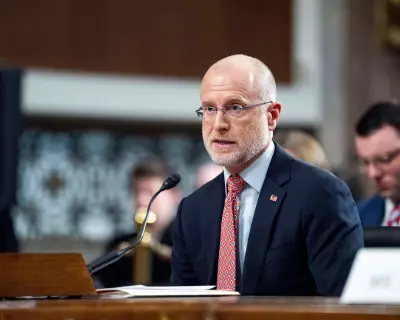
George Banks, one of the United States' most notorious mass murderers, has died behind bars at the age of 81, ending a decades-long saga that began with one of Pennsylvania's most horrific crimes.
The convicted killer, who had been on death row for over 40 years following his 1983 conviction, passed away at the State Correctional Institution – Phoenix, though prison authorities have not disclosed the exact cause of death.
The 1982 Night of Horror
Banks earned his place in America's criminal history on September 25, 1982, when he embarked on a shooting rampage through Wilkes-Barre that left 13 people dead. The victims included five of his own children, their mothers, and several bystanders caught in the violence.
The massacre unfolded across multiple locations, beginning at Banks's home where he shot his girlfriend and four of their children. He then proceeded to another residence where he killed another girlfriend and their son before moving to the streets, where he fired indiscriminately at neighbours and passers-by.
Four Decades in Legal Limbo
Despite receiving a death sentence in 1983, Banks never faced execution due to ongoing legal battles and appeals that stretched across generations. His case became emblematic of America's complex relationship with capital punishment.
"His death closes one of the most tragic chapters in Pennsylvania's criminal history," said a former prosecutor familiar with the case. "The families have waited decades for some form of closure."
A Troubled Legacy
Banks's case raised numerous questions about mental health and the criminal justice system. During his trial, defence attorneys argued that psychological trauma from his military service in Vietnam had contributed to his actions, though these arguments ultimately failed to sway the jury.
The sheer scale of his crimes and the extended period he spent on death row made Banks a frequent subject of legal studies and true crime discussions, ensuring his notoriety would outlive the man himself.





